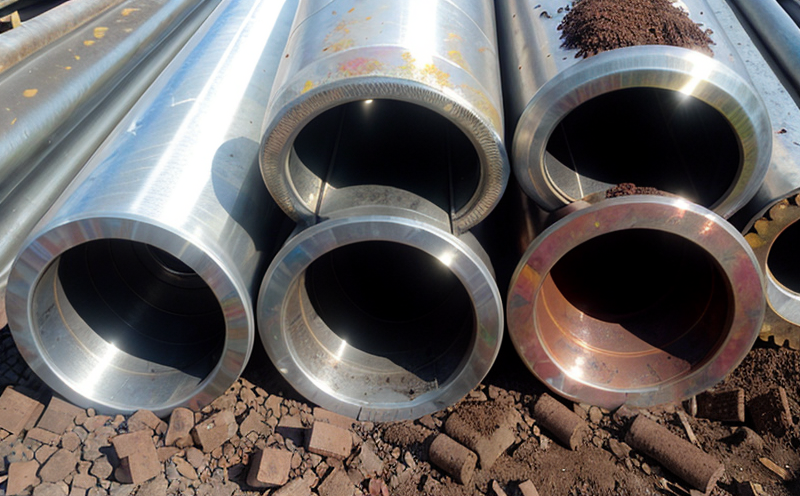Household Cleaning Effect on Metal Leaching
The impact of household cleaning products on non-ferrous metals used in toy manufacturing is a critical consideration for quality managers, compliance officers, and R&D engineers. The leaching of metals from toys can pose significant health risks, especially to children, making it essential to understand the effects of common cleaning agents.
Non-ferrous metals are widely used in toy construction due to their durability and corrosion resistance. However, these metals can sometimes contain trace amounts of toxic elements such as lead or cadmium. The primary concern is whether household cleaning products exacerbate the leaching of these metals from toys during normal use.
Testing this phenomenon involves simulating real-world conditions by exposing toy samples to a variety of common household cleaning agents under controlled laboratory settings. This process helps in determining the extent to which these chemicals can increase metal leaching, thereby influencing product safety and regulatory compliance.
The testing protocol typically includes:
- Preparation of the toy samples for testing
- Contact with various household cleaning agents
- Monitoring the rate and amount of metal leaching over time
- Analysis using advanced analytical instruments to quantify metal concentrations in solution
The results of these tests are crucial for manufacturers to ensure that their products remain safe under all expected conditions. This service is not only about compliance with regulatory standards but also about enhancing the safety and reputation of toy brands.
| Standard | Description |
|---|---|
| ISO 8124-6:2019 | Particular requirements for mechanical and physical properties of toy materials, including metal content limits. |
| ASTM F963-17 | Standard Consumer Safety Specification for Toy Safety. Covers leaching tests among other safety criteria. |
| EN 71-4:2019 | Particular requirements for flammability of toys, including metal content limits and leaching tests. |
| IEC 62321:2018 | Standard for the safety of toy electrical systems. Relevant as many modern toys incorporate electronic components. |
The testing process is meticulously planned to replicate real-world scenarios, ensuring that the findings are both accurate and reliable. By adhering to these international standards and using advanced analytical techniques, Eurolab provides comprehensive insights into how household cleaning products affect metal leaching from toys.





